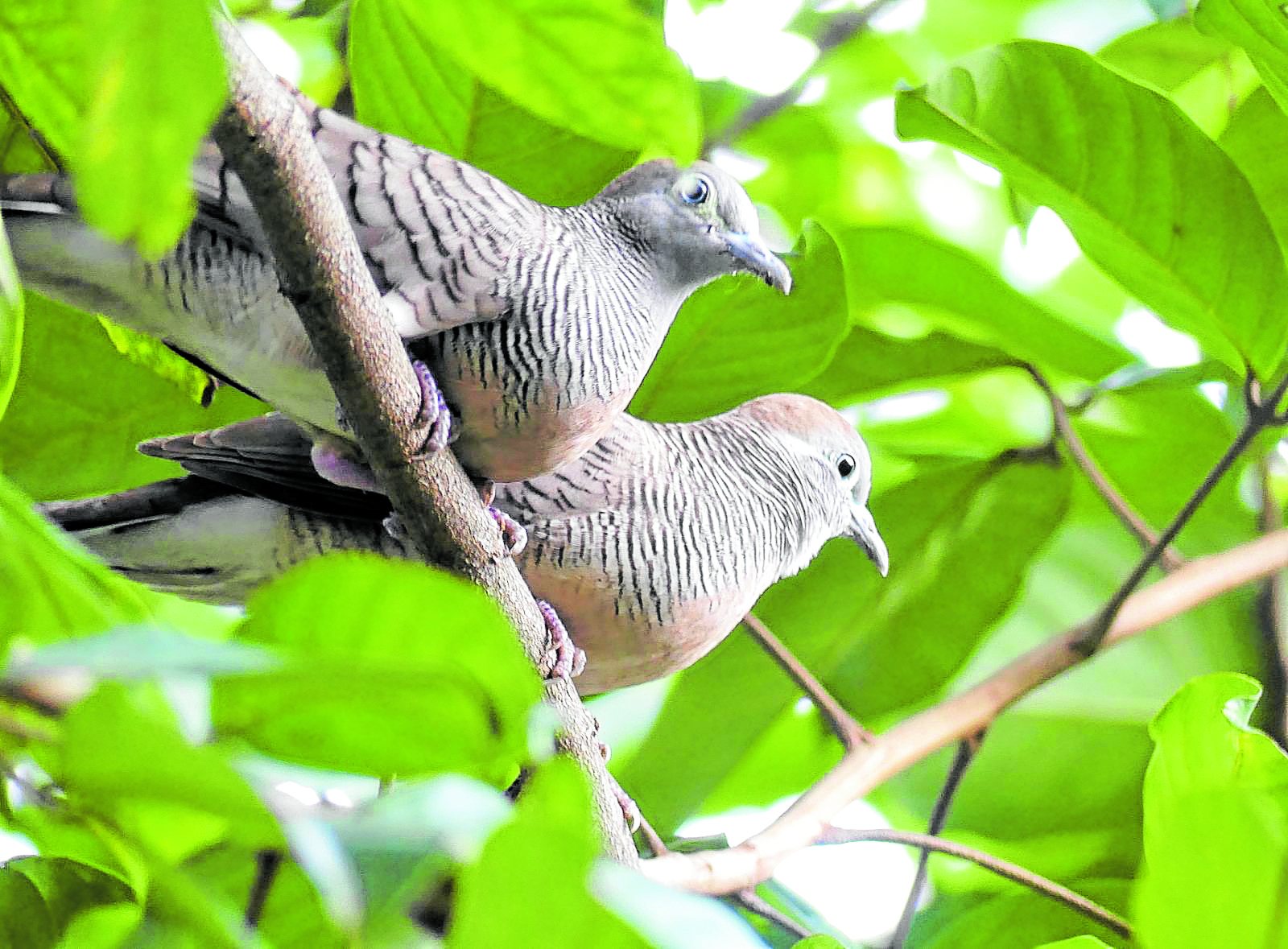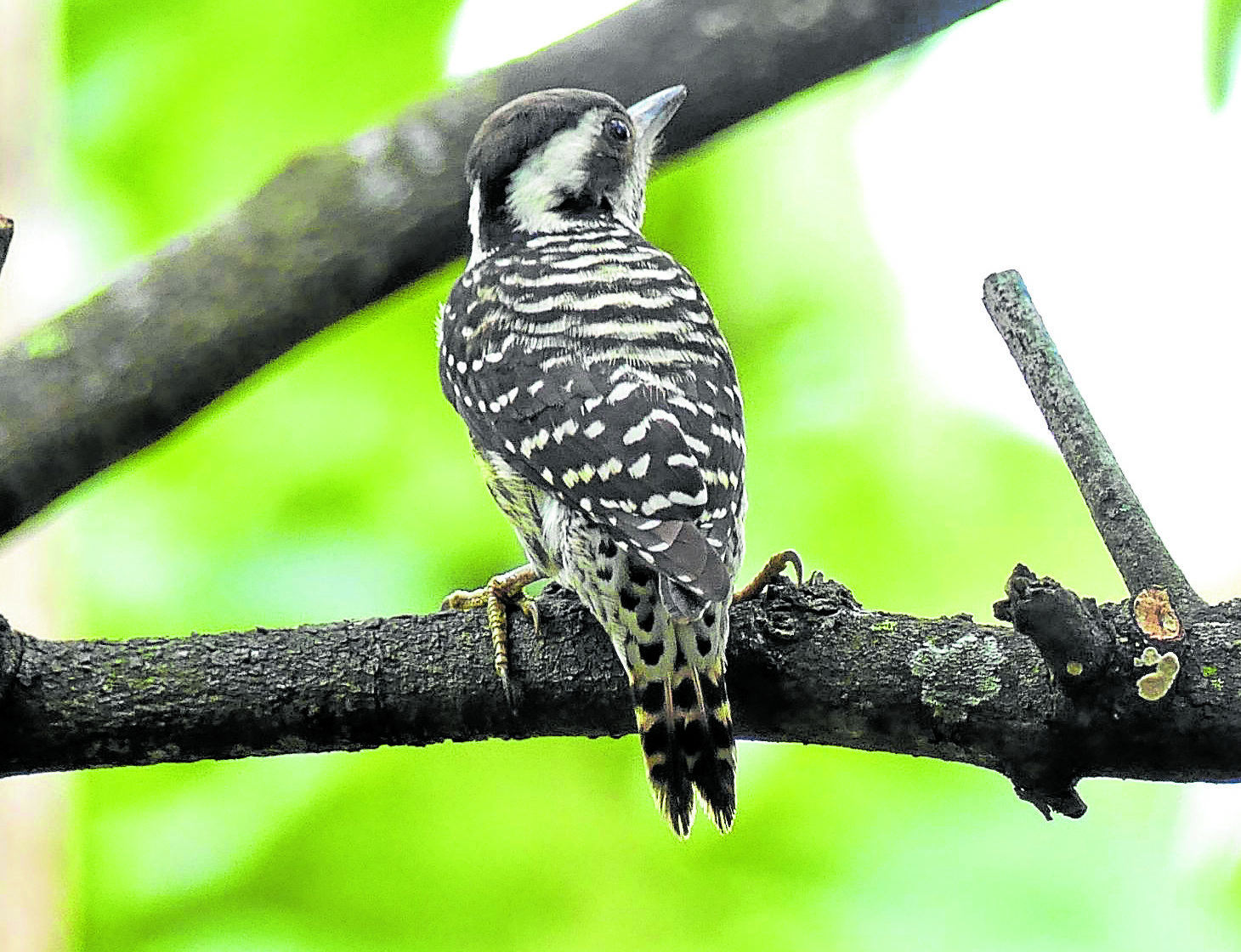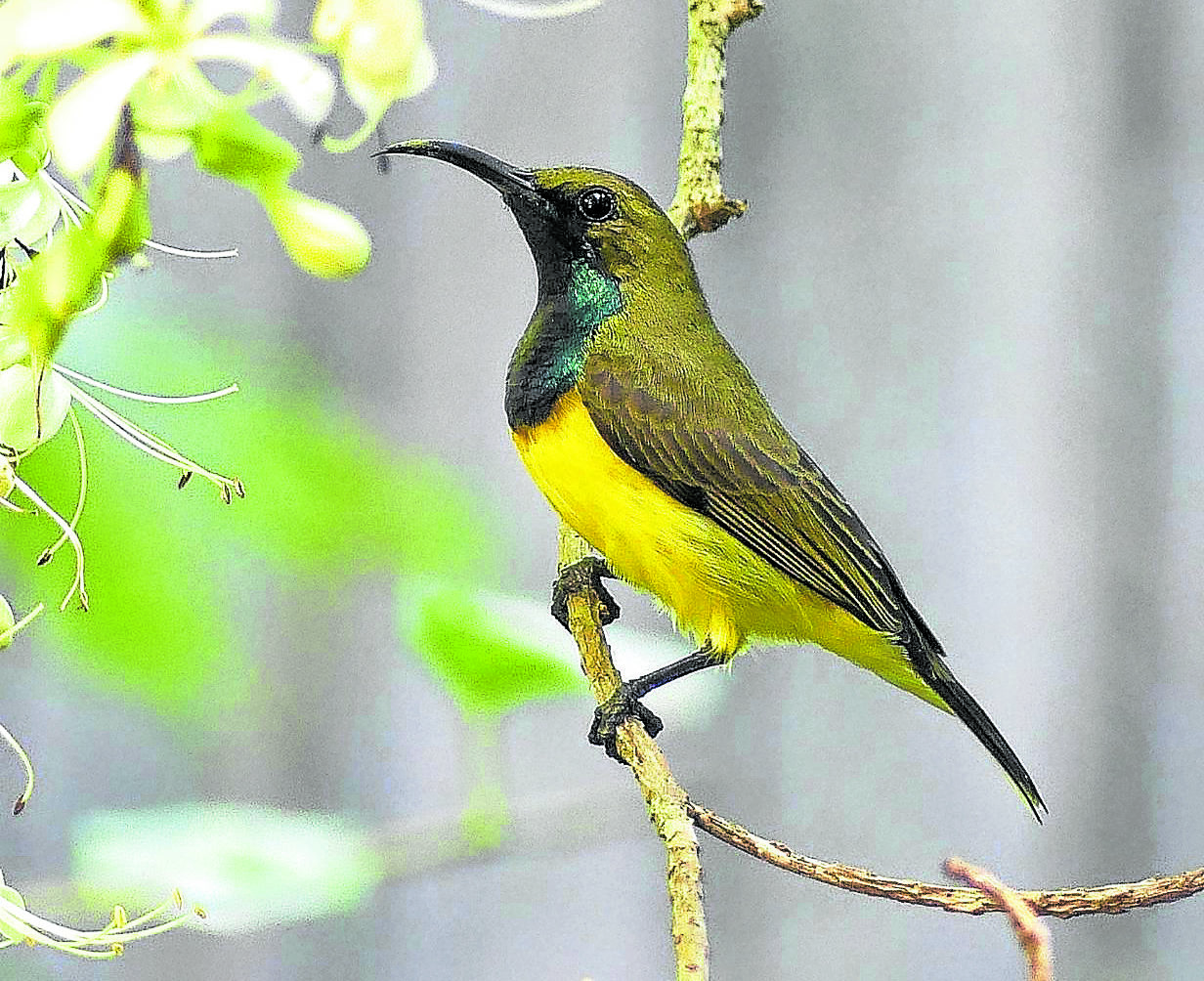
During the first few months of the pandemic, people noticed how clean the air seemed to be, how clear the skies were—and would post about it on their social media accounts. Stuck at home, they would look out their windows or sneak out for a walk.
A frequent traveler before the pandemic, Gemma Mallillin initially felt trapped by the strict lockdowns. She started walking around their village in Antipolo at dawn.
“I began to practice mindfulness which involved paying close attention to the moment—everything I sensed around as well as within me,” she told Lifestyle.
A primary learning assistant at British School Manila in Bonifacio Global City, Mallillin saw her daily walks as a chance to recharge after marathon Zoom classes and tutorial sessions. She began to notice the variety of birds in the area.
“In the silence of quarantine—no cars on the road, no planes in the sky, hardly any other walkers in the early morning—the first thing I noticed was the chirping. I assumed that all of these came from the common maya (Eurasian tree sparrow) but soon realized that there were different calls, caws, coos, squawks, whistles and warbles,” Mallillin said.
She christened a towering narra tree on her daily path “the tree full of birdsong” after hearing several types of bird sounds coming from the tree’s lush branches one bright morning.
Later, she tried to identify each bird based on their appearance, sounds and feeding habits. “Did they eat berries or drink nectar or forage on the streets? I would take mental notes then hurry back to my computer to search for their species while the images were fresh in my mind.”
Mallillin’s interest in the birds is not entirely new. As a frequent domestic traveler, she is a keen observer and admirer of the local fauna, but the pandemic forced her to train her sights closer to home.
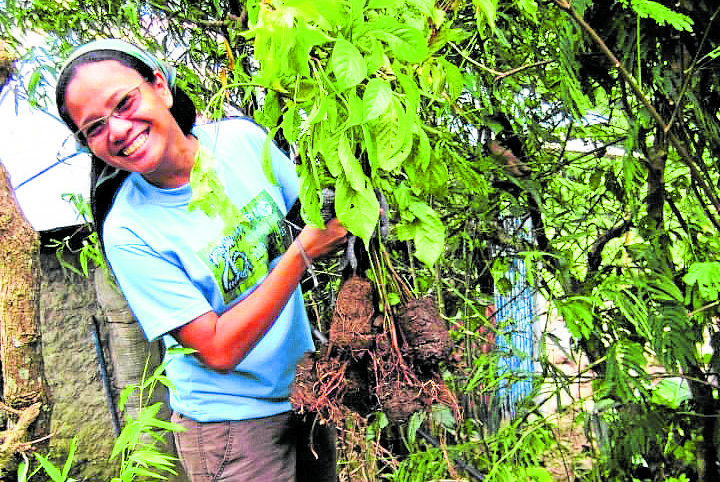
Gratifying
She is not alone in this gratifying undertaking. Boboy Francisco spent the lockdown quietly observing and taking photos of the winged visitors that fly into his wife’s garden every day.
“For such a small country, the Philippines has a relatively large number of birds, many of them migrant birds,” Francisco said. “I took these birds for granted for such a long time because I grew up in a rural setting in the University of the Philippines (UP) Diliman. This was back in the 1950s and early ’60s when the area was forested with much grassland.”
As a child, he recalled working with sons of some farmers to trap birds in the fields, cook and eat them. Francisco would later become one of the founding members of the UP Mountaineers in 1977, but it was only in 2009 that he became interested in bird-watching.
“UP professor Jerry de Villa organized a walking tour to see the different birds in the UP Diliman campus, and I was hooked,” he said.
A total of 128 bird species have been identified and recorded in UP Diliman, 27 of which are endemic to the Philippines. Philosophy professor Agerico “Jerry” de Villa was one of the two proponents of bird-watching on the campus. After 35 years at UP, he recently resigned to head Batangas Eastern Colleges, the school founded by his paternal grandmother.
“We were so happy to tell everybody where to find these birds on campus, but then so many friends got angry because they said bird poachers might find out.”
There are hundreds of bird watchers (or birders) in the Philippines and he said they fall into one of two groups.
“There are those who want to share locations so that others can come and admire the birds, while the other group wants to keep the locations to themselves to deter poachers from hunting down the birds,” De Villa said.
Apparently, certain birds found only in the Philippines can be sold in the international market for anywhere from $3,000 to $5,000 each. “It’s very tempting, especially for poor Filipinos.”
“For a long time, I used to be the chief of security of the entire UP Diliman. I worked closely with the police and the security guards to stop bird poachers,” he said.
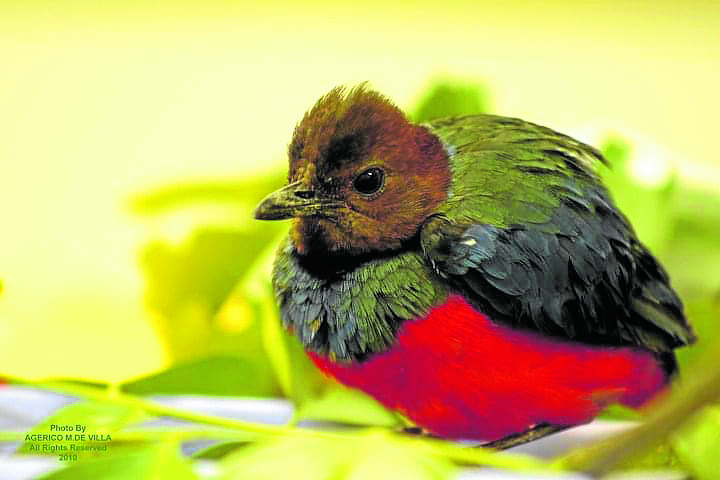
Boon for birds
The lockdowns were a boon for birds all over because it allowed them to live and multiply.
Francisco now gets a ringside view from his window or patio, where he sometimes sets up camouflage netting so he can view and photograph the birds unseen.
“Bird-watching is an activity that requires much patience, but it is also very relaxing especially for a mountaineer like me. All you need is a good pair of binoculars and a field guide like ‘A Guide to the Birds of the Philippines’ by Robert S. Kennedy,” Francisco said.
For Mallillin, being able to identify the different species of birds gave her a sense of accomplishment—and she only needed to launch a search engine on her computer.
“That’s how I became familiar with their names, like the territorial Philippine pied fantail, which I’d seen dive-bomb much bigger cats and dogs; the fascinating Olive-backed sunbird (I watched one drink from all 18 gumamela flowers on one bush); the deferential zebra dove (the males bow while they court); the mohawked yellow-vented bulbul; the chattering brown shrike; the noisy white-collared kingfisher; and the graceful pacific swallow.”

OCHAVO’S FACEBOOK PAGE
Near his home at the border of Sampaloc, Manila, and Quezon City, De Villa has identified over a dozen bird species living in trees above a carinderia (small eatery). It’s popular with birders, many of them from UP, but he makes it a point to remind his neighbors never to have the trees in that area felled. He points out the birds to them, and shows them pictures he has taken.
“Even during the lockdown, I was still able to bird-watch from my window using a telescope,” De Villa said.
From March to June last year, he spotted Eurasian tree sparrows, a yellow-vented bulbul, a brown shrike, the Asian glossy starling, a colasisi, a coppersmith barbet, a red-keeled flowerpecker, the Philippine pygmy woodpecker, a black-naped oriole, a little egret, a black-crowned night heron and an olive-backed sunbird.
From October to February, he spotted a pair of peregrine falcons that had been coming for years.
Mallillin’s mindfulness during the pandemic has paid off.
“I was used to seeing a diversity of wildlife in my nature travels, but I was astounded that there’s such a variety here in the city,” she said. “This proves that one only needs to pay proper attention. I’ve always tried to escape the ‘concrete jungle,’ but realized that it still has some natural gems to offer.”
She still longs to get out of the city, but she no longer feels as trapped or as stifled as before.
“I feel thrilled and blessed whenever I notice a new bird, or if they allow me to stay quite close while they’re eating or singing. Observing the birds feed, groom, interact with one another and welcome the sun with their orchestra of songs has definitely helped me overcome my own petty concerns. They serve as reminders to notice and treasure the present moment, wherever I am. It’s also given me a new appreciation of Metro Manila and of course, the everyday, small, oft taken-for-granted miracles of life,” she said.
